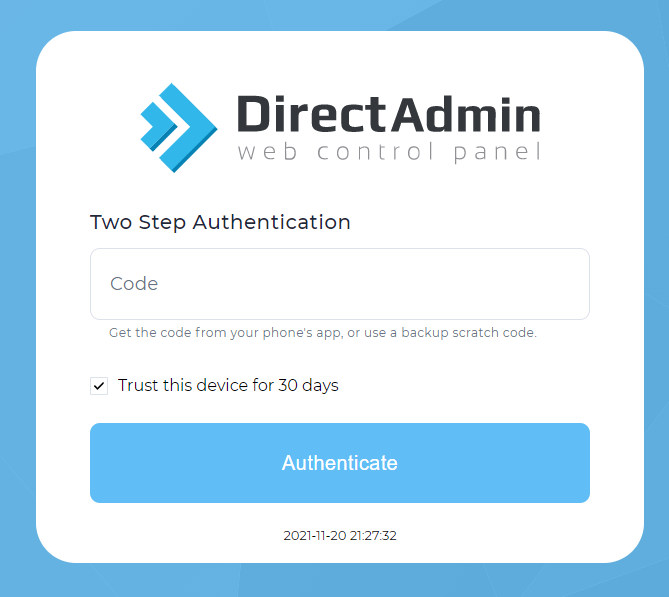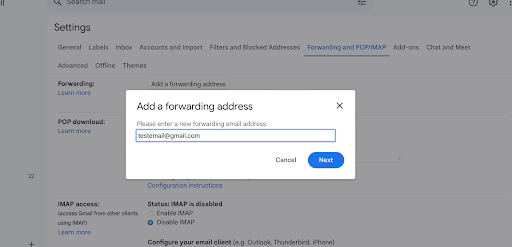How to Transfer Your Domain Name to a New Registrar
Transferring your domain name to a new registrar can be a strategic decision offering several benefits, including:
- Competitive Pricing: Different registrars have varying fees for domain registration and renewals. Comparing costs and finding the right provider can save you money.
- Enhanced Features & Services: Some registrars provide more features and add-on services than others, such as free WHOIS privacy protection, email forwarding, or advanced DNS services.
- Improved Customer Support: The quality of customer support can differ between registrars. Choosing a provider with a dedicated support team readily available to address your concerns is crucial.
However, transferring your domain also carries potential risks:
- Downtime: The transfer process may take a few days, during which your domain might experience downtime.
- Technical Errors: Technical issues during the transfer could lead to loss of access to your domain or related services.
- Data Loss: If not handled meticulously, you could lose domain-related data like email or DNS settings.
A Detailed Transfer Guide
Step 1: Choosing Your New Registrar
Before initiating the transfer, select a new registrar. Invest time researching and comparing providers based on these factors:
- Pricing: Compare registration and renewal costs for your domain.
- Features: Evaluate the additional features and services the provider offers.
- Customer Support: Read reviews about the provider's customer support quality.
Step 2: Unlocking Your Domain
To transfer your domain, you need to unlock it with your current registrar. Log in to your account and locate the option to unlock your domain.
Step 3: Obtaining the EPP Code
The EPP code (Authorization Code) is a unique secret code used to verify your ownership of the domain. You need to retrieve the EPP code from your current registrar to transfer the domain to the new one.
Step 4: Initiating the Transfer Process
Log in to your new registrar's account and initiate the transfer process. You'll be required to provide your domain name, EPP code, and contact information.
Step 5: Confirming the Transfer Request
The new registrar will send an email confirming your transfer request. Check your email and click the confirmation link.
Step 6: The Waiting Period
The transfer process might take several days to complete. During this time, your domain may experience downtime.
Step 7: Updating DNS Settings
Once the transfer is complete, update your DNS settings if you utilize separate email or web hosting services.
Important Considerations
- Data Backup: Before initiating the transfer, back up any data associated with your domain.
- Inform Relevant Parties: Notify parties affected by the transfer, like your email or web hosting provider.
- Verify Domain Status: After the transfer, check your domain's status to ensure it functions normally.
Pro Tips for Professionals
- Scrutinize Terms & Conditions: Carefully read the terms and conditions before transferring your domain.
- Contact Support: If you encounter any issues during the transfer process, contact the new registrar's support team.
- Utilize Domain Transfer Services: Some registrars offer free or low-cost domain transfer services.
Conclusion
Transferring your domain to a new registrar can offer significant advantages, but it also involves potential risks. By following these steps and considering the pro tips, you can ensure a smooth and successful transfer process for your domain name.









